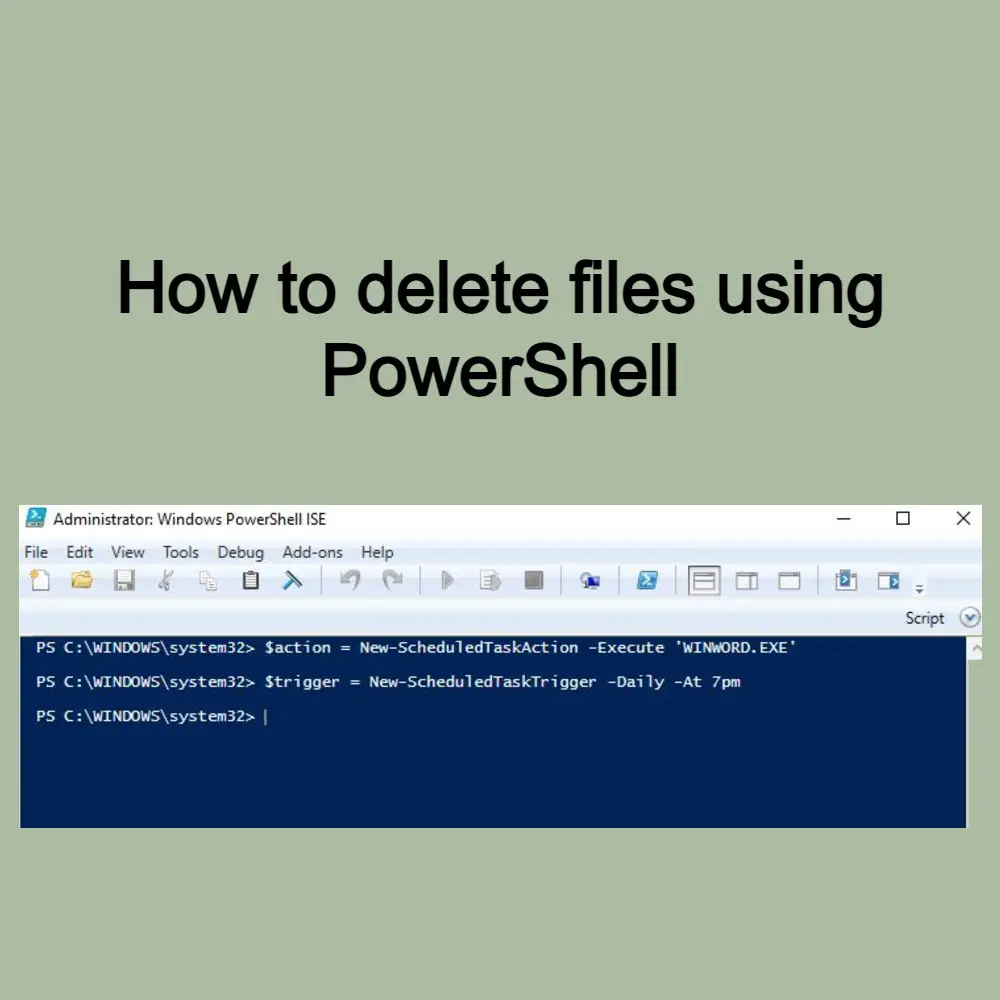


A dot with that color appears to the right of the item name.Ģ. Right click on any item and select "Tag (Color)". You can turn off the slow double-click method at Settings > Other. If you are trying to rename a folder and Settings > Other > Opening items is set to "Single click opens folders", you need to use the right-click method.
#Powershell find duplicate files windows#
See here for starting One Commander from a Terminal window.Įither right-click and select "Rename" from the context menu, press F2, or click twice slowly (in the standard Windows manner). If there is a space in the path, it is inserted in double quotes, to ensure that the Terminal doesn't interpret what follows the space as being part of the command or another parameter. Items can be dragged from One Commander to a Terminal, which puts them in the current command line in the Terminal. Terminals are applications that give you command-line control of your computer, for example Command Prompt or PowerShell.

For example the duplicate created for "Myfile.txt" will be "Myfile - Copy.txt". The duplicate file will automatically be renamed " - Copy.". Type the name for the duplicate file in the highlighted section and either press Enter or click. The line containing the file entry changes to: You can select the item above or below the deleted item by pressing Cursor Up/Down. When you delete a file or folder, or a group of them, One Commander remembers the position of the last selected item. You can change this to the (inconsistent and confusing) Windows method in Settings > Other > Drag and Drop behavior. Dragging with Ctrl key: One Commander always copies the item.Dragging without Ctrl key: One Commander always moves the item, regardless of whether the move is between drives or between folders within the same drive.One Commander's default method is slightly different but has the virtue of consistency: The approach to dragging and dropping items used by Windows is a bit confusing: it behaves differently depending on whether you are dragging and dropping within or between drives. You can set One Commander to open either files and folders, or just files, with a single click see Settings > Other. Open several files: Ctrl+Click or Shift+Click to select, then press Enter.Select several files: Ctrl+Click if files are not contiguous in the list, Shift+Click if they are.Most file operations involve standard Windows procedures, but some differ a little.


 0 kommentar(er)
0 kommentar(er)
